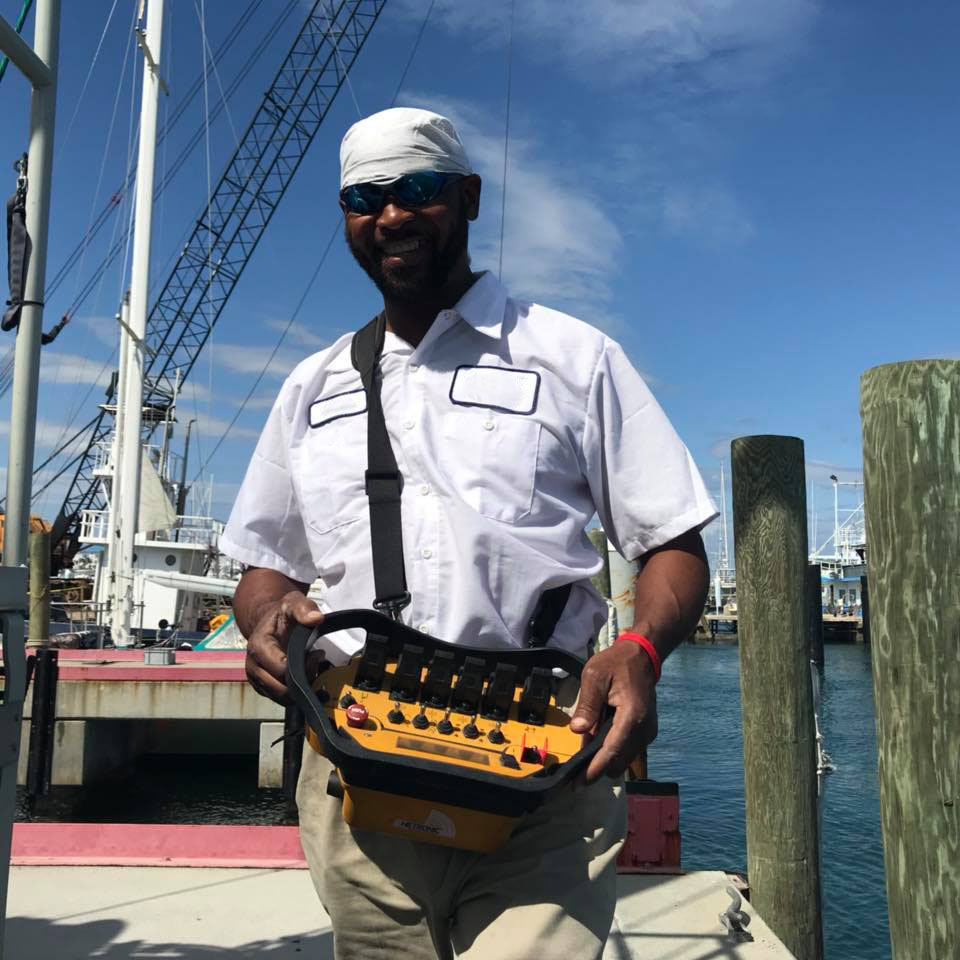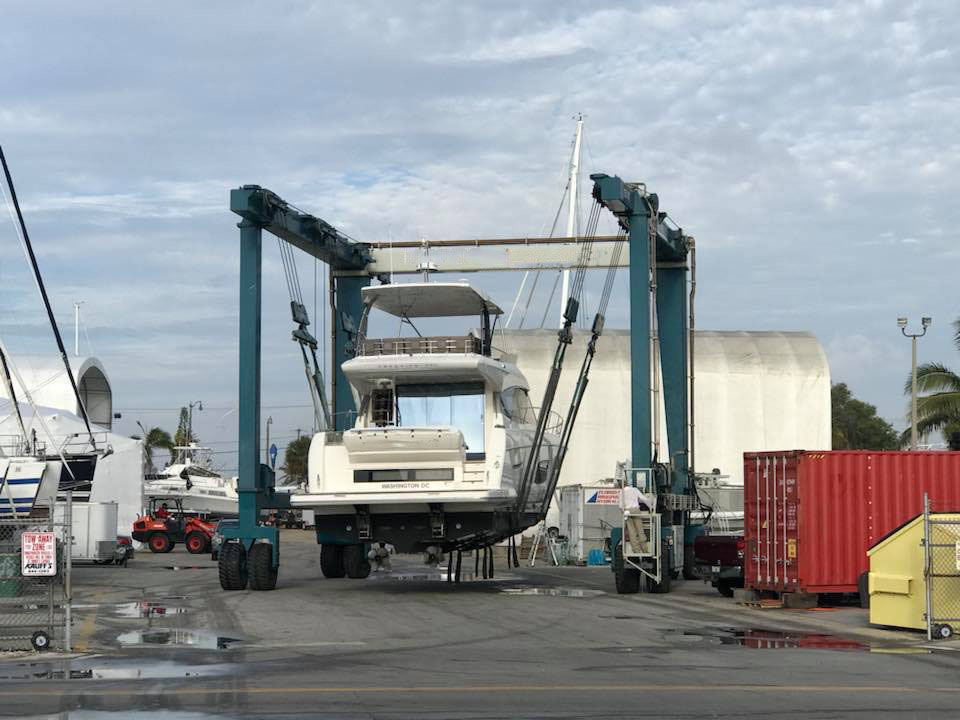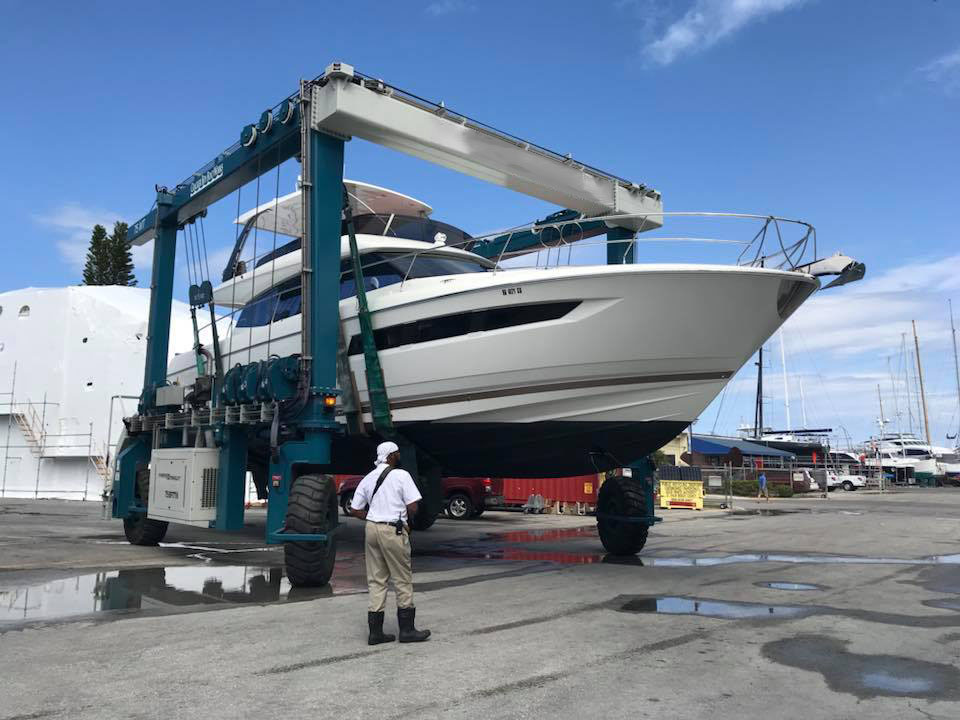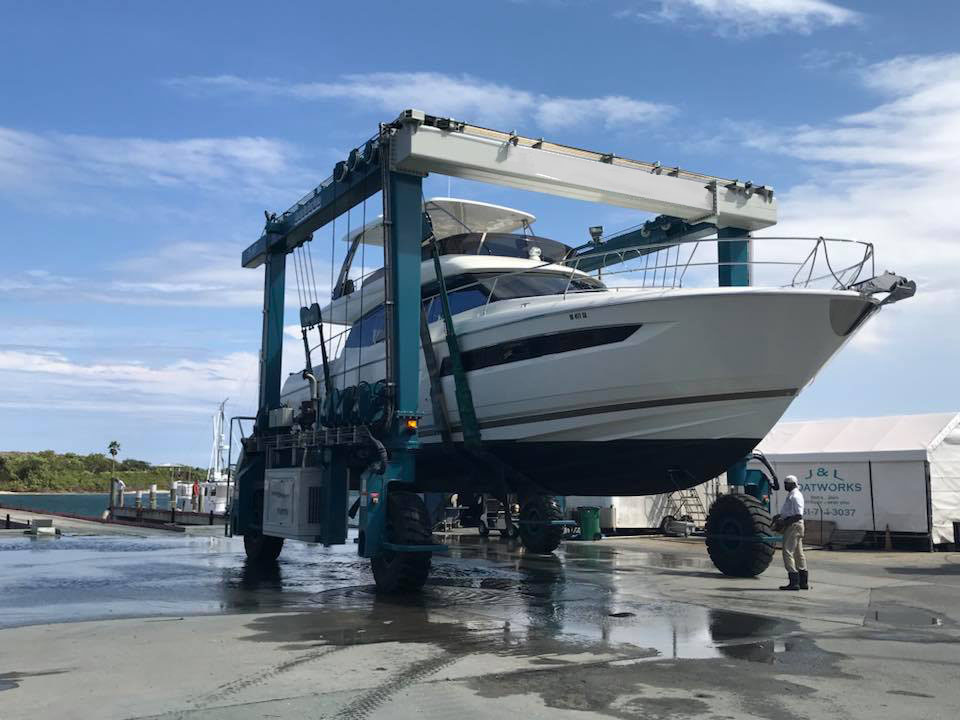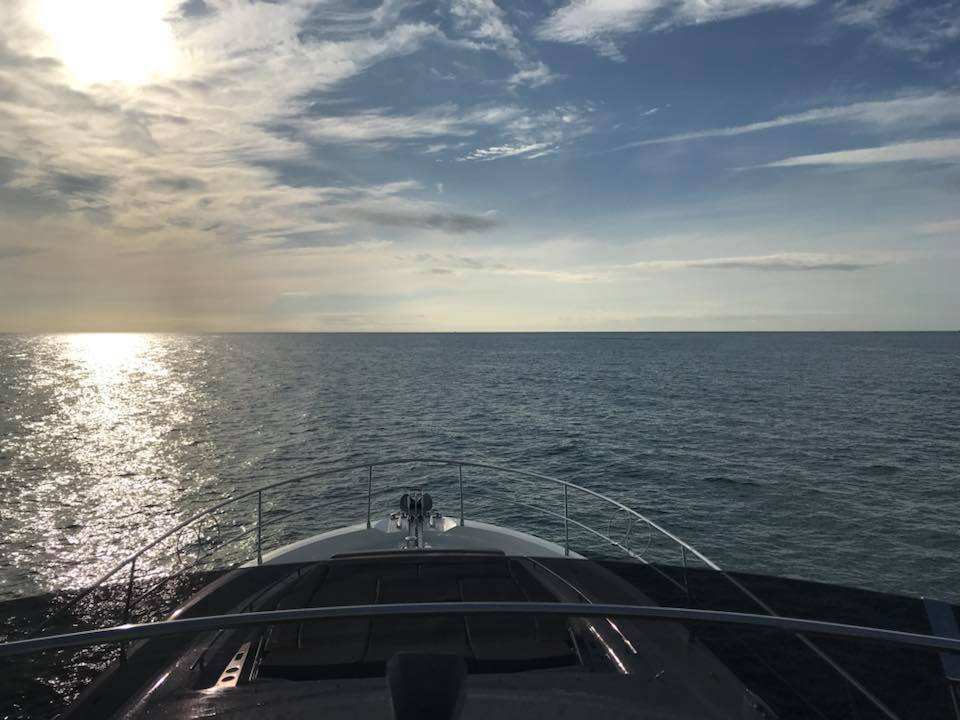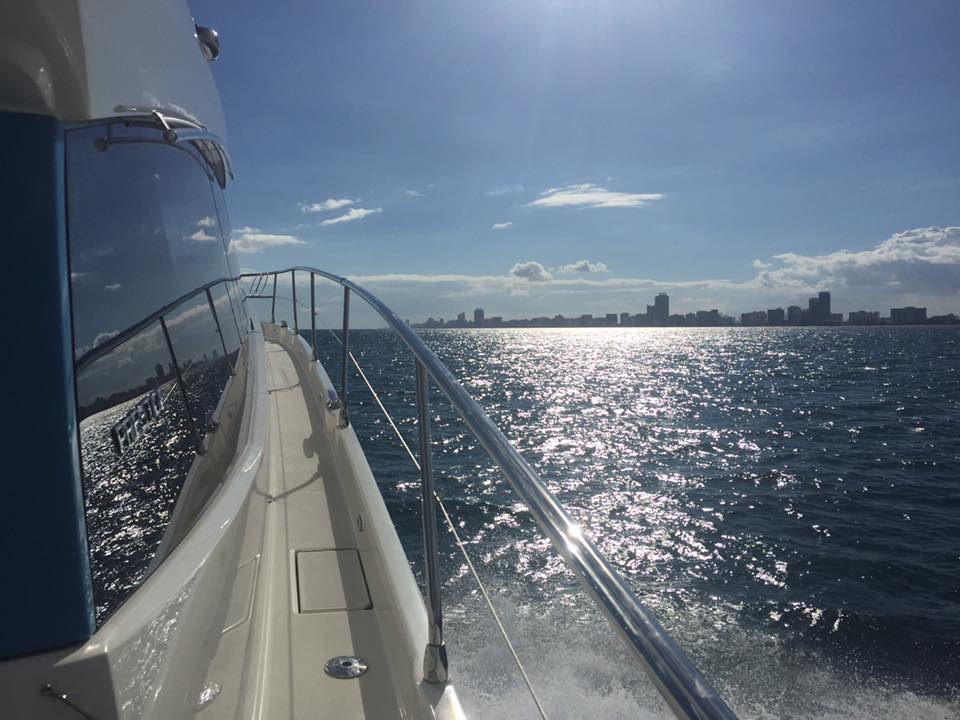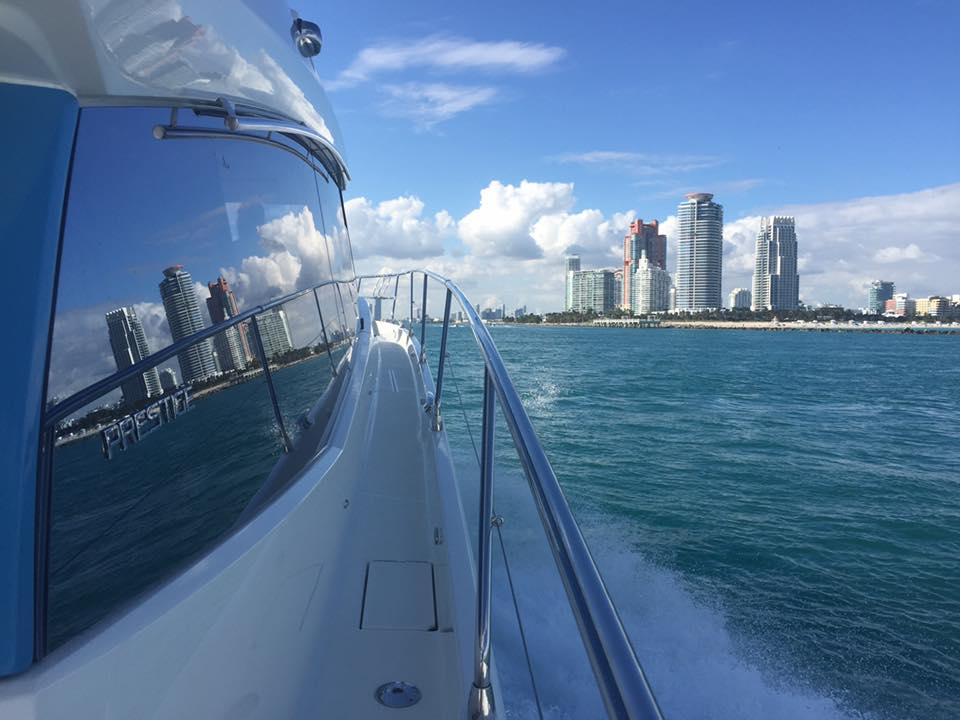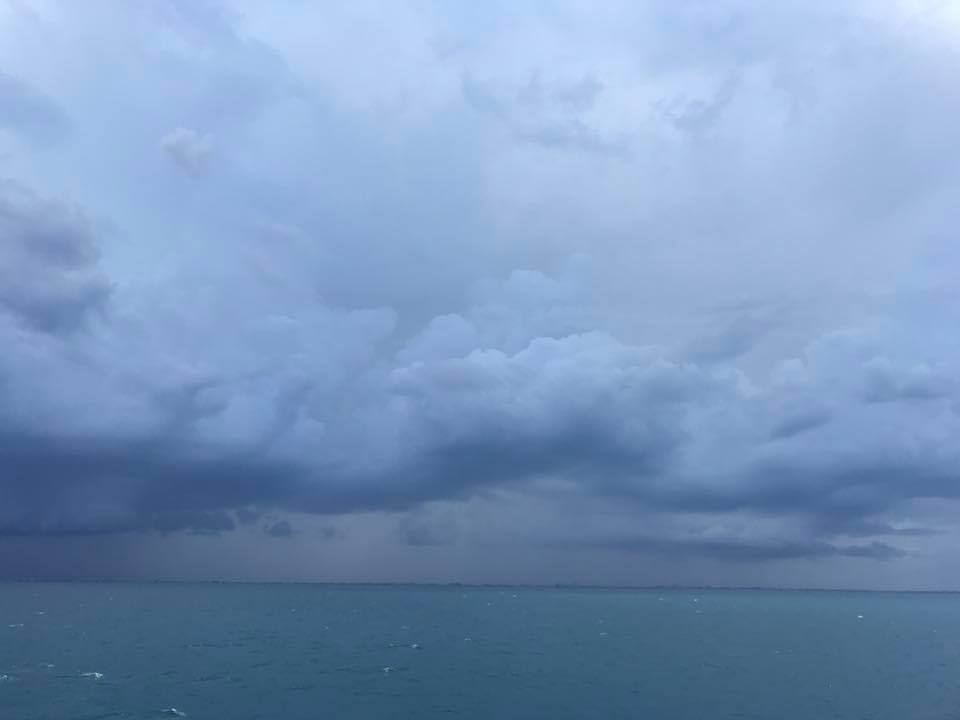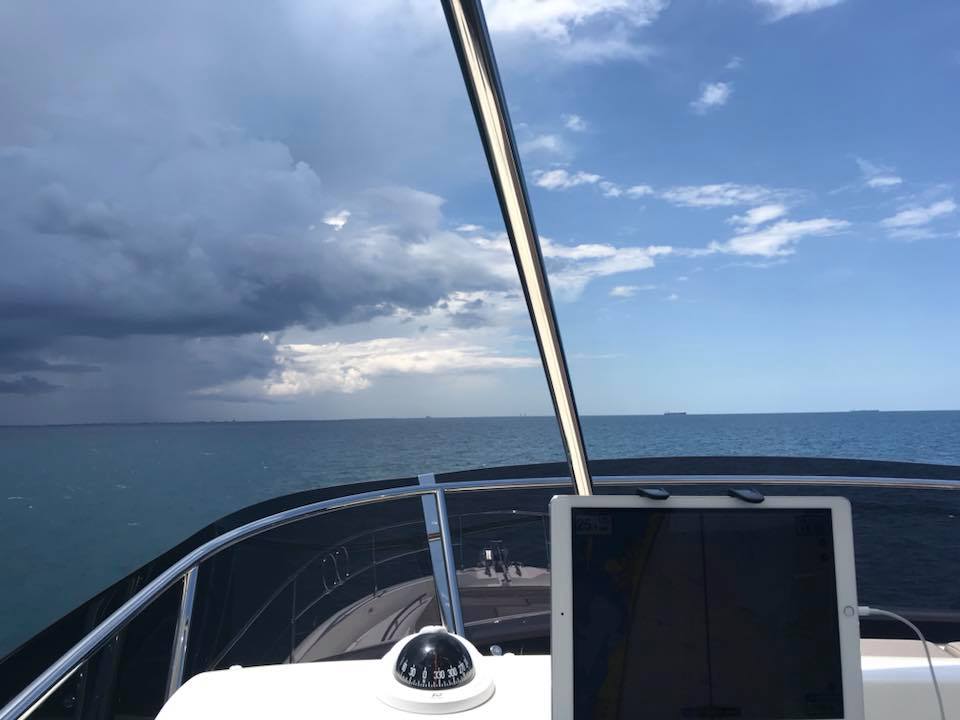
If you have been following my blogs so far, or if you have been around people who talk “boat speak” (e.g brokers, dealers, boat show exhibitors, etc.), you may have heard the term “owner-operator”.
What does that term mean, and what does being an owner-operator involve?
Being an owner-operator essentially means that you not only own a boat, but that you are also running, operating and managing the boat without any professional crew (captain, engineer, deckhand, or stew) onboard. There are different aspects to being an owner-operator, including day-to-day yacht management, running the boat, planning trips, provisioning for trips, and all the different ways in which you can enjoy your yacht.
Let’s start with the day-to-day management of the boat.
If you are not using the services of a yacht management company, you will then be responsible for setting-up a maintenance schedule that includes items such a regular detailing of the boat, bottom cleaning by a diver (depending on where you keep your boat), keeping check of the condition and running order of the engines and generators, various fluid levels, and scheduling service and/or warranty items and repairs as required.
In some cases, it may involve taking the boat to a boat or service yard for haul-out or hiring a yacht captain to do so. Putting your yacht on a lift is exciting, and nerve-wracking as well. It is quite an amazing sight to see the yacht riding around a yard in slings, especially when the lift operator is walking around with a remote control!
What are the limitations to being an owner-operator?
The main limitation is the size of the vessel (the LOA) you can safely operate. Indeed, with just two people (who are not trained professionals) there will be limits, not only in terms of moving the boat, but also docking the boat. Luckily, new technologies make piloting and docking the boat much easier for owner-operators.
However, that’s only one part of any trip. Arriving at a destination, especially when there are no local dockhands to help, is a lot of work for one person to disembark onto the dock, and then tie up. It is even more work when the weather conditions are less than ideal. In addition, the size and weight of fenders and lines will also increase with the size of the boat and become more cumbersome to handle.
If there are no local detailers around to wash down the boat on arrival (which is highly desirable, especially if you have been out in wet conditions and in salt water), washing the boat quickly becomes a chore that increases with the size and volume of the boat.
There may also be some limitations on the operational side.
In my experience, at least one person needs to have a decent amount of mechanical and engineering knowledge, and preferably some “MacGyver skills”. Indeed, something will invariably break down at some point along the way, and there is not always a professional nearby who can fix, or troubleshoot the problem.
Finally, you will also need at least some technical, meteorological and navigational knowledge to operate the boat safely, especially when cruising in unfamiliar places with variable weather and water conditions. Even if you checked the weather, there is always a chance you run into some unexpected storms and squalls.
With the yacht ready to go, you can start planning trip itineraries. This is where all the fun starts, even when you are still at home. Indeed, you can do background research on places and cruising grounds you would like to visit. Using the various navigational apps available today, it is possible to trace your route at home and then download the itinerary to the devices and MFDs on the boat the next time you are onboard.
In most cases, you will probably need to make reservations for the boat if you are planning to stay in marinas. You will be asked the length, beam and draft of the boat, as well as the type of power connection you will need on the dock (e.g. 30, 50 or 100 amps, single or double).
The next step is to provision the yacht for your trip.
This of course depends on how long you are going away for, where you are going (will there be local grocery stores and restaurants?), what your refrigeration capacity is like, and how many people – and who – are coming on the trip. While it may seem like a bit of a chore (and you can hire the services of a company that will do the provisioning for you), I actually find it quite enjoyable as it is all part of the fun of preparing and planning your trip, and contributes to the anticipation building up to it!
One other key part of provisioning is for the boat itself. In addition to the necessary cleaning supplies, it is important to carry a certain amount of spare parts such as Racor fuel filters, impellers, light bulbs for your navigation and anchor lights, possibly a water pump, as well as any fluids you may need such as generator oil, outboard engine oil for the tender, cooling and windscreen washer fluids. Ah, and a tow boat membership, just in case!
With your itinerary traced out, and uploaded on your navigational devices, and with your engine room, fridges and cabinets provisioned, it is time to go! The sound of the engines starting is the signal that fun times have begun, and always gives me butterflies in my stomach.
The feeling of freedom as you pull away from the dock and leave land behind is simply unique.
One advantage of being an owner-operator is that you do not have to deal with crew on board, making the experience more private and intimate… cruising just as a couple, or with just friends and family. Of course, you can still hire a captain and/or a stew on occasions where you want to focus on entertaining your guests, and/or if want to be able to enjoy a glass of bubbly or other drinks while underway with guests.
Either way… engines on, and off you go!










Follow my journey @yachtambassador

